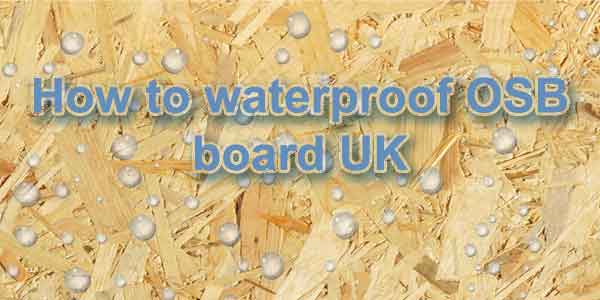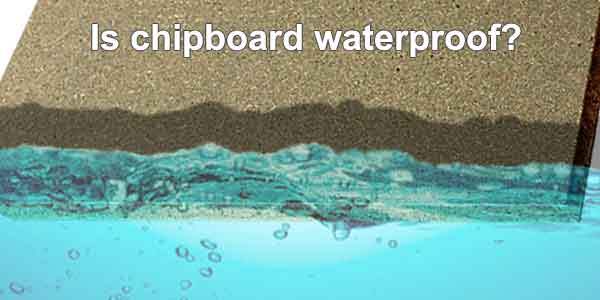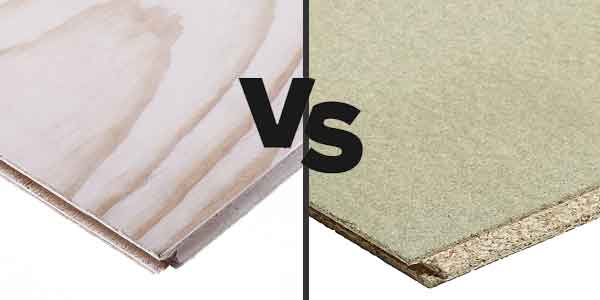How to stop chipboard floors creaking – And why it happens
Creaking chipboard flooring is usually the result of one of the following issues: More often than not, this is due to poor installation, and you can usually fix the issue quite easily, with some well-placed screws. Chipboard flooring is quite common, especially in modern, new build properties. This is mainly because it is affordable and […]
How to stop chipboard floors creaking – And why it happens Read More »






